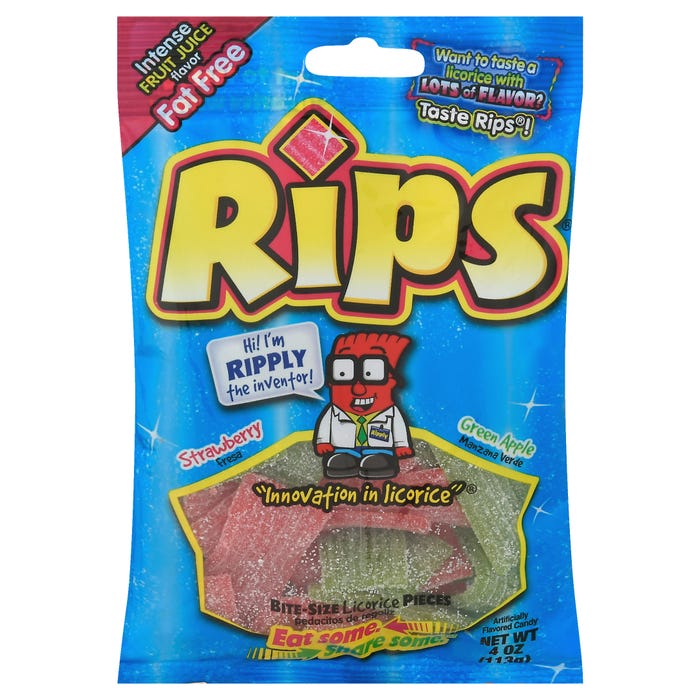Stay Safe at the Shore: Unraveling Rip Currents for Families
Welcome, vigilant parents! Are you ready to soak up some sunny knowledge on beach safety? Rip currents, or as they’re often called, ‘rips’, can be a beachgoer’s hidden adversary, but fear not! We’re here to guide you through understanding rips, ensuring your little ones can splash safely while you unwind with peace of mind.
What Are Rip Currents?
Rip currents are narrow, fast-moving belts of water traveling offshore. They often form near the shoreline and can quickly carry swimmers out to sea. Understanding how they work is key to staying safe on the beach. Let’s dive into the science behind rips and learn to spot them for a worry-free beach day!
Identifying Rip Currents
Spotting rip currents can be tricky, but with these tips, you’ll be a pro in no time! Look out for:
- Darker patches of water – They’re typically deeper channels where the water is moving rapidly away from shore.
- Choppy, churning water – As the water rushes back to sea, it can stir up sand and create a foamy or choppy surface uncharacteristic of its surroundings.
- Debris or seaweed moving seaward – Anything caught in a rip current will be pulled out, providing a visual cue.
Once you know what to look for, you can teach your kids and keep an eye out together. It’s an excellent opportunity for an educational and interactive beach activity!
Explaining Rips to Kids
When it comes to water safety, kids learn best through simple, clear explanations and engaging activities. Try comparing rip currents to a treadmill that doesn’t have an off switch — easy to step onto, but harder to get off without help. Use visual aids like drawings or animations if possible. The key is to foster respect for the power of nature rather than fear.
What to Do If Caught in a Rip Current
The possibility of anyone, especially a child, getting caught in a rip can be frightening. However, knowing the right steps can make all the difference:
- Stay calm: Panic is a rip current’s ally. Teach your kids the importance of staying calm and conserving energy.
- Float and signal for help: Explain that sometimes, the best action is to float and keep your hand up to signal for help.
- Swim parallel to shore: For stronger swimmers, the most effective escape route is to swim parallel to the shoreline — out of the current’s grip, then to shore at an angle.
Walking through these steps regularly can help ingrain these crucial safety measures in your children’s minds.
Rip Current Myths Busted
Lots of misinformation surrounds rip currents, which can lead to dangerous situations. Let’s clarify some common myths:
- Rip currents pull you under – Unlike whirlpools, rips don’t drag people underwater; they pull out to sea. Reinforce with your kids that staying afloat is absolutely possible.
- Only the ocean has rips – Rips can occur in any large body of water with breaking waves, including lakes and large rivers.
- Strong swimmers don’t need to worry – Even an Olympic swimmer respects the power of rips. No level of swimming expertise makes you immune to the forces of nature.
Debunking these myths with your kids ensures they gain accurate knowledge about rip currents and understand the importance of beach safety.

Understanding Rips: A Lifesaving Guide for Parents
Greetings, awesome parents! Is the beach calling your family? Wonderful! But before you answer, let’s ensure your water safety smarts are as ready as your beach bag. Rip currents, sneaky as they are, won’t stand a chance against your newfound rip-savvy knowledge!
Five Must-Know Facts About Rip Currents for Parents
Learning about rips is more than a precaution; it’s your shield. Let’s boost that shield with five critical facts:
- Look for the Clues: Rip currents can be tough to identify but watch for signs like a break in the wave pattern, a channel of churning, choppy water, or a line of foam, seaweed, or debris moving steadily seaward.
- Beware of Calm Waters: Ironically, areas that seem calmer with less wave activity can be deceptive—these can indicate deeper water where rip currents are more likely to occur.
- Teach Kids to Float: Instill the reflex in your kids to float and tread water if they’re ever unsure of their swimming ability or if they feel they’re being pulled away from the shore. It’s a vital skill that conserves energy and allows for easier rescue.
- Swimming Skills are Key: Ensure your children have basic swimming lessons, but remind them that even the strongest swimmer should respect the sea and understand that rip currents can be a challenge to the best of us.
- Don’t Fight—Follow: Educate your family on the ‘go with the flow’ approach. Explain to them that trying to swim against a rip is like trying to win a tug-of-war against a giant. Instead, they should swim parallel to the shore to escape the current.
Arm your kids with these facts and they’ll be much better equipped to enjoy the waves safely.
Preparing Your Family for Rip Current Safety
As protectors of your adventurous brood, preparation for rip awareness should start even before your toes hit the sand. Here’s how to lay a solid foundation:
- Education Before Vacation: Set aside some time before your beach trip to talk about water safety and the risk of rips. Make it fun and interactive—kids love and remember through creative learning!
- Don’t Just Wing It—Know How to Swim It: Ensure everyone in the family has basic swimming skills and understands how to escape a rip current.
- Reach for the Beach (Flags): Learn what different beach warning flags mean and always look out for them when you arrive at the beach. They’re not just there to add color to the shoreline!
- Spot Checks for Safety: Upon arrival, take a quick walk with your family to point out safe swimming areas and potential rip current spots.
- Designate a Water Watcher: When the kids are playing in the water, ensure an adult is always actively watching. Distractions can be as dangerous as the rips themselves, so no scrolling through your phone!
With a touch of foresight and preparation, your beach days can be both fun-filled and safe.
For more great articles please see here. For more information see here
Disclaimer
The articles available via our website provide general information only and we strongly urge readers to exercise caution and conduct their own thorough research and fact-checking. The information presented should not be taken as absolute truth, and, to the maximum extent permitted by law, we will not be held liable for any inaccuracies or errors in the content. It is essential for individuals to independently verify and validate the information before making any decisions or taking any actions based on the articles.




